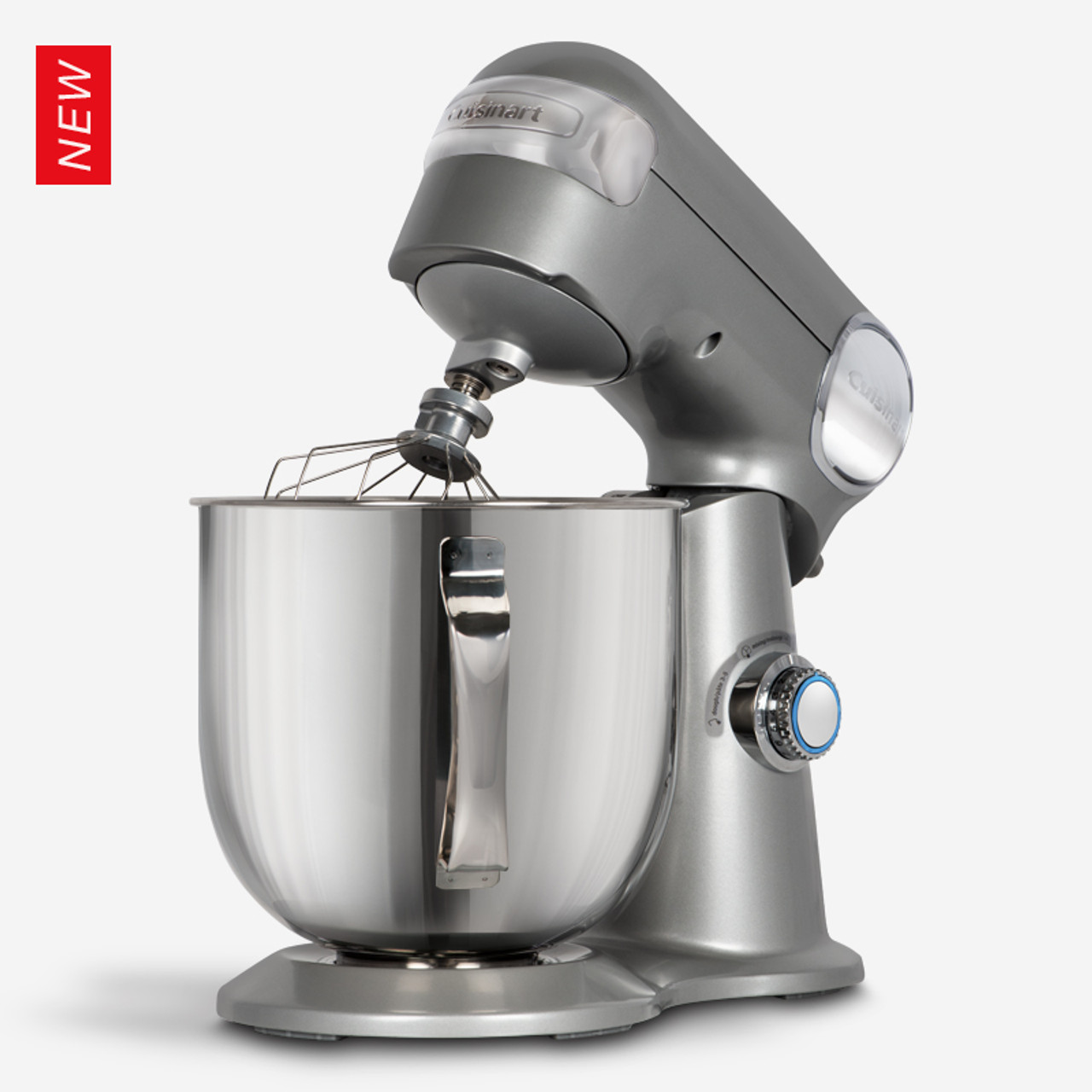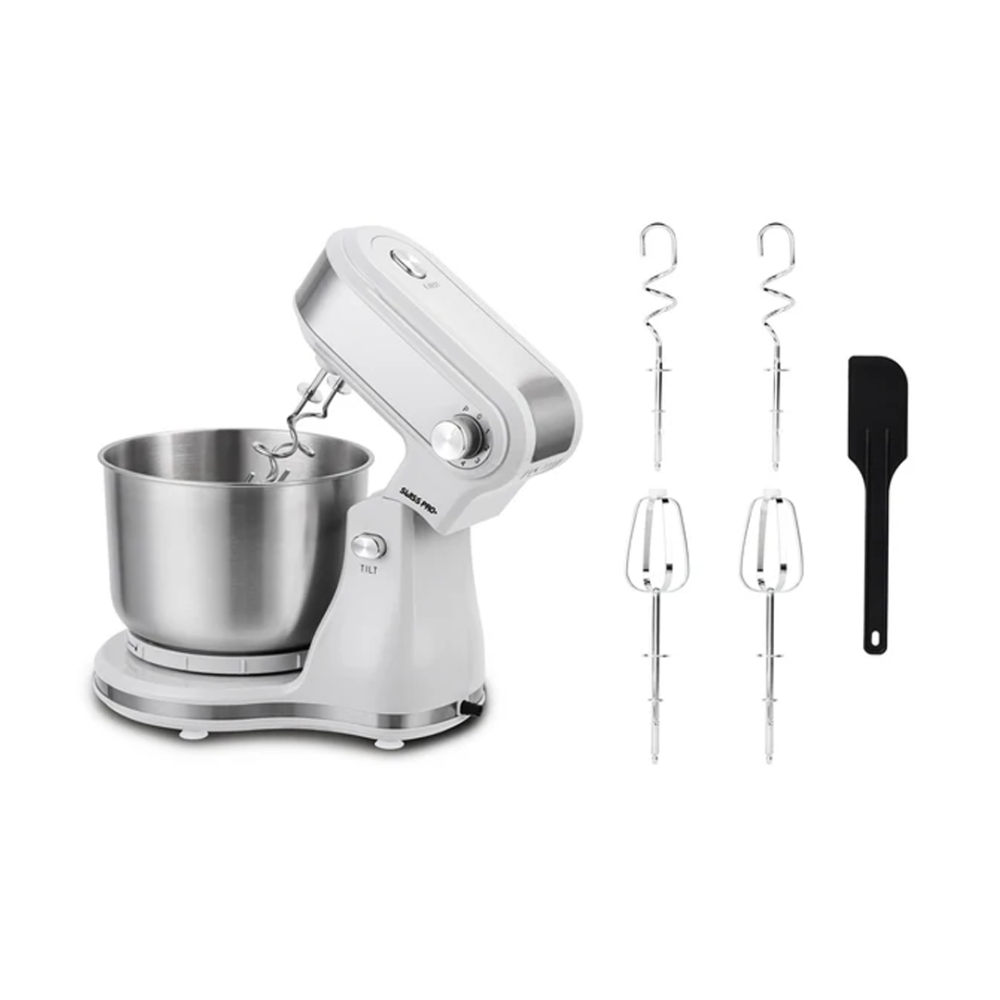Ever been in the middle of whipping up a perfect meringue or kneading a batch of sourdough when you notice a strange, oily substance near the head of your stand mixer? Or maybe you’ve heard a new grinding sound that definitely wasn’t there before. Before you panic, let me, your guide at Stand Mixer Pro, reassure you. This is often related to a crucial, yet rarely discussed, component. So, What Is The Mixer Grease For, and why is it so important for your beloved kitchen appliance? Let’s dive in and demystify the inner workings of your culinary workhorse.
Think of your stand mixer not just as an appliance, but as a high-performance engine for your kitchen. Just like a car’s engine, it has powerful moving parts—gears that spin and mesh together to create that magical planetary mixing action we all rely on. This is where the mixer grease comes into play. To understand its role, it’s helpful to know a bit about the internal mechanics. For a deeper look into a key component, you can explore our detailed explanation of what is the worm gear in a mixer, which is central to this entire process.
The Unsung Hero: What Is the Mixer Grease For?
At its core, mixer grease is a specialized lubricant designed to keep the internal gears of your stand mixer running smoothly, quietly, and efficiently. It’s the silent guardian protecting the heart of your machine. Without it, the intense friction from metal gears grinding against each other would quickly lead to overheating, wear and tear, and ultimately, a catastrophic failure.
Its primary functions are threefold:
- Lubrication: The most obvious job. The grease creates a protective film over the gear teeth, allowing them to engage seamlessly without grinding each other down. This ensures the smooth transfer of power from the motor to the whisk, paddle, or dough hook.
- Heat Dissipation: All that high-speed movement generates a significant amount of heat. The mixer grease absorbs and distributes this heat away from the motor and gears, preventing the components from warping or failing due to excessive temperatures.
- Noise Reduction: A well-lubricated mixer is a quiet mixer. The grease dampens the vibrations and sounds produced by the moving parts, turning a potential cacophony of grinding metal into a pleasant, powerful hum.

According to appliance engineer Maria Flores, “Many people underestimate the importance of the grease inside their stand mixer. It’s not just a lubricant; it’s a vital part of the machine’s thermal management system. Using the wrong type or amount can be just as damaging as having none at all.”
Why Not Just Any Grease Will Do: The Food-Grade Factor
Now, you might be thinking, “Grease is grease, right? Can I just use some WD-40 or automotive grease?” Absolutely not. This is perhaps the most critical takeaway. The lubricant inside your stand mixer must be food-grade.
What does that mean? Food-grade grease is specifically formulated to be non-toxic and safe for incidental contact with food. These lubricants are certified by organizations like the NSF International, typically under the H1 classification. This means if a tiny amount were to accidentally leak from the gear housing and find its way into your mixing bowl, it would not pose a health risk. This is a non-negotiable safety feature for any kitchen appliance. Using industrial lubricants can introduce harmful chemicals into your food.
|
Our Picks for the Best Stand Mixer in 2025
As an Amazon Associate, we earn from qualifying purchases.
|
||
| Num | Product | Action |
|---|---|---|
| 1 | 6-in-1 Multifunctional Stand Mixer, 5.3Qt 660W, 6-Speed Tilt-head, Electric Kitchen Mixer with Stainless Steel Bowl,Meat Grinder, Juice Blender (Black) |

|
| 2 | KitchenAid 7 Quart Bowl-Lift Stand Mixer |

|
| 3 | Kitchen in the box Stand Mixer,3.2Qt Small Electric Food Mixer,6 Speeds Portable Lightweight Kitchen Mixer for Daily Use with Egg Whisk,Dough Hook,Flat Beater (Blue) |

|
| 4 | DASH Tilt-Head 3.5qt Stand Mixer 12 Speeds with Paddle, Dough Hook, and Whisk Attaachments - Cream |

|
| 5 | Stand Mixer | Powerful 660W Motor | Large 6.5 Qt. Bowl | 6-Speed Control | Dishwasher-Safe Attachments | Tilt-Head Design | Perfect for Home Bakers (Red) |

|
| 6 | Kitchen in the box Stand Mixer, 900W 8.5QT Kitchen Electric Mixer, 6-Speed Large Capacity Food Mixer for Home Cooks with Egg Whisk, Dough Hook & Flat Beater (Black) |

|
| 7 | KitchenAid Artisan Series 5 Quart Tilt Head Stand Mixer with Pouring Shield KSM150PS, Blue Velvet |

|
| 8 | KitchenAid Classic Series 4.5 Quart Tilt-Head Stand Mixer K45SS, White |

|
| 9 | COOKLEE 6-IN-1 Stand Mixer, 8.5 Qt. Multifunctional Electric Kitchen Mixer with Beater, Whisk, Dough Hook, Meat Grinder and Other Accessories for Most Home Cooks, SM-1507BM, Silvery |

|
| 10 | Instant Pot Stand Mixer Pro,600W 10-Speed Electric Mixer with Digital Interface,7.4-Qt Stainless Steel Bowl,From the Makers of Instant Pot,Dishwasher Safe Whisk,Dough Hook and Mixing Paddle,Silver |

|
Telltale Signs Your Mixer Needs a Grease Check-Up
Your stand mixer is pretty good at telling you when something is amiss. You just have to know what to look and listen for. Here are the most common signs that it might be time to investigate the state of your mixer grease:
1. The Dreaded Oil Leak
This is the number one reason people start asking, “what is the mixer grease for?”. You might see a clear, yellowish, or even dark oil seeping from the seams around the mixer’s head, especially from the planetary ring where the attachments connect.
- What’s happening? Over time and with use, the grease can separate. The thickener (the solid part) stays put while the oil (the liquid part) begins to weep out. A small amount can be normal, especially in a new mixer or one that’s been stored for a while. However, a significant leak is a sign the grease has broken down and is no longer doing its job effectively.
2. Unsettling Noises
Are you hearing grinding, whining, or clunking sounds that are louder than usual?
- What’s happening? These noises often indicate that the grease has either thinned out or been pushed away from the gear teeth. You’re hearing the sound of metal-on-metal contact, which is a clear cry for help from your machine’s internals. Ignoring it can lead to stripped gears and costly repairs.
3. The Mixer is Running Hot
It’s normal for the mixer head to get warm during prolonged, heavy-duty tasks like kneading dense bread dough. But if it becomes uncomfortably hot to the touch during a simple mixing job, that’s a red flag.
- What’s happening? Excessive heat is a direct symptom of increased friction. The grease is failing to dissipate heat, causing the motor and gears to overheat. This not only damages the components but can also be a safety hazard.
How Often Should You Regrease Your Stand Mixer?
There’s no one-size-fits-all answer, as it depends heavily on usage.
- For the Avid Home Baker (using it several times a week): A preventative regreasing every 2-4 years is a good rule of thumb.
- For the Occasional User (using it a few times a month): You can likely go 5-10 years or more, unless you notice one of the warning signs mentioned above.
Ultimately, it’s better to service your mixer based on symptoms rather than a rigid calendar. If it’s running smoothly and quietly, you’re probably in good shape.
Beyond Grease: Proactive Stand Mixer Maintenance Tips
Keeping your mixer in prime condition involves more than just worrying about the grease. Proper care and storage are just as important. For those looking for clever ways to keep their machine accessible yet out of the way, exploring some stand mixer organization ideas can be a game-changer for your kitchen workflow.
Here is a simple checklist for long-term mixer health:
- Clean After Every Use: Wipe down the body of the mixer, paying special attention to the planetary hub and attachment lock. For a deeper, safer clean, consider using methods from our guide on eco friendly cleaning for stand mixer.
- Inspect Your Attachments: Regularly check your dough hook, flat beater, and whisk for any signs of chipping or wear, especially if they are coated.
- Check the Bowl Clearance: Periodically perform the “dime test” (as recommended by manufacturers like KitchenAid) to ensure your beater isn’t scraping the bottom of the bowl.
- Store It Properly: If you don’t use your mixer frequently, it’s important to know how to store a stand mixer correctly to protect it from dust and environmental factors that can degrade the grease over time.
- Listen to Your Machine: You are the person who knows your mixer best. If something sounds, feels, or smells different, don’t ignore it. Early intervention is key.
If, after all troubleshooting, you find your machine is beyond repair, it’s important to dispose of it responsibly. There are dedicated programs for this, and you can learn more about how to recycle old stand mixer to make an environmentally conscious choice.
Frequently Asked Questions (FAQ)
What type of grease is used in a stand mixer?
Stand mixers use a specific type of food-grade, non-toxic grease, often with an NSF H1 rating. This ensures that any accidental contact with your ingredients is harmless. It’s a thick, paste-like substance designed to stick to gears and withstand high heat.
Is leaking oil from my stand mixer dangerous?
If the oil is from the original food-grade mixer grease, it is not considered toxic or dangerous to your health. However, it is a sign that the grease is separating and losing its effectiveness, which could be dangerous for the health of your mixer’s motor and gears.
Can I use Vaseline or automotive grease in my mixer?
No, never. These products are not food-safe and can contaminate your food with harmful petroleum byproducts and chemicals. Additionally, their properties are not suitable for the specific heat and pressure requirements of a stand mixer’s gearbox.
How much does it cost to have a stand mixer regreased?
The cost can vary depending on your location and the service center, but you can generally expect to pay between $75 and $150 for a professional service. This typically includes the labor for disassembly, cleaning out all the old grease, and applying fresh, food-grade mixer grease.
Does regreasing my stand mixer myself void the warranty?
Yes, in most cases, opening the motor housing yourself will void any remaining manufacturer’s warranty. If your mixer is still under warranty and showing signs of a grease issue, you should always contact the manufacturer for authorized service first.
The Final Word on Mixer Grease
So, what is the mixer grease for? It’s the lifeblood of your stand mixer’s internal system. It’s the hardworking, unseen component that ensures every cookie dough, bread loaf, and birthday cake is mixed to perfection. While a leak can be alarming, understanding its purpose empowers you to diagnose the issue and take the right steps. By paying attention to your machine and giving it the occasional tune-up it deserves, you’ll ensure this indispensable kitchen partner will be by your side for countless delicious creations to come.
Have you ever experienced a mixer grease leak? Share your story or ask any questions in the comments below! We’re here to help.